Attract Hummingbirds and Bees With These Beautiful Summer Flowers
http://decor-ideas.org 05/19/2014 01:23 Decor Ideas
Landscapes sustain us by giving us food to eat, air to breathe and space to live in — let's repay the favor. When choosing what we plant, it's important to respect our natural landscapes and the wildlife they support. Sustainable garden practices teach us that biodiversity, wildlife habitats and native plants are essential for a thriving, healthy environment. Busy pollinators, including bees, hummingbirds and some butterflies and birds, ensure that the natural processes of our landscapes remain in balance. Let's look at summer-blooming native plants hailing from coast to coast that will help keep your garden and its unsung heroes singing.
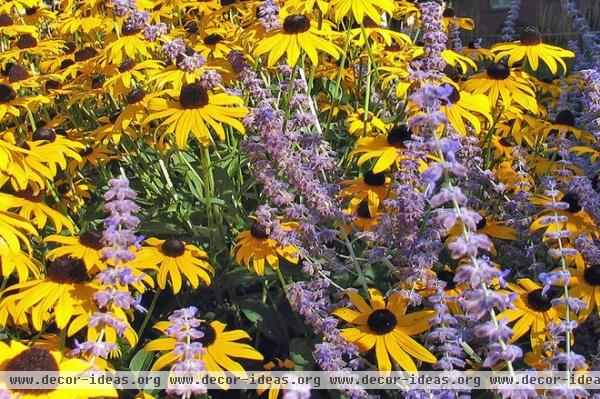
Treasured for its sunshine-yellow flowers, black-eyed Susan (Rudbeckia hirta, zones 3 to 9) shines brightly in cottage and perennial gardens. As an important food for butterflies and hummingbirds, this classic American flower is more than just a pretty face.
Benefits and tolerances: Pretty tolerant of dry conditions and can thrive in most kinds of soil
When to plant: Put nursery plants in the ground from late spring through midsummer; sow seeds in fall or spring.
See how to grow black-eyed Susan | Find your U.S. climate zone
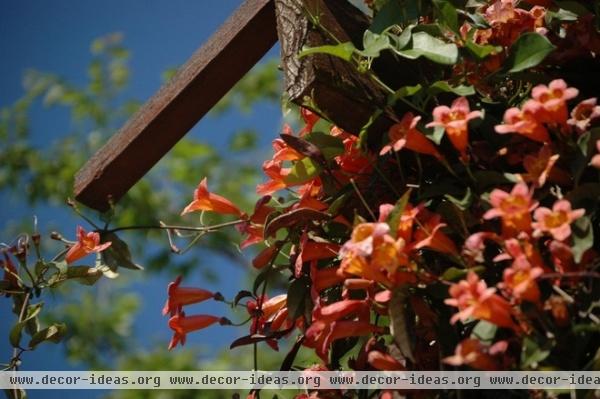
Tubular blooms of climbing crossvine (Bignonia capreolata, zones 6 to 9) beckon hummingbirds in for a drink. Train it up a patio trellis or along a garden wall and enjoy the view.
Benefits and tolerances: Tolerant of both heat and cold; can be grown in the ground or in containers
When to plant: Plant nursery pots in fall or spring.
See how to grow crossvine
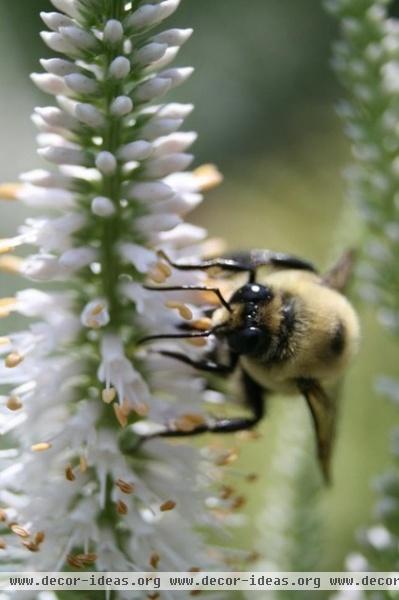
The wildlife value of Culver's root (Veronicastrum virginicum, zones 3 to 8) tops many gardener's lists, including that of Central Plains gardener Benjamin Vogt, who considers it a staple design plant. Don't let the "root" part fool you; this plant has spiky white flowers that butterflies, moths and bees adore.
Benefits and tolerances: Makes a perfect rain garden addition
When to plant: Sow seeds anytime but cover with mulch during winter.
See how to grow Culver's root
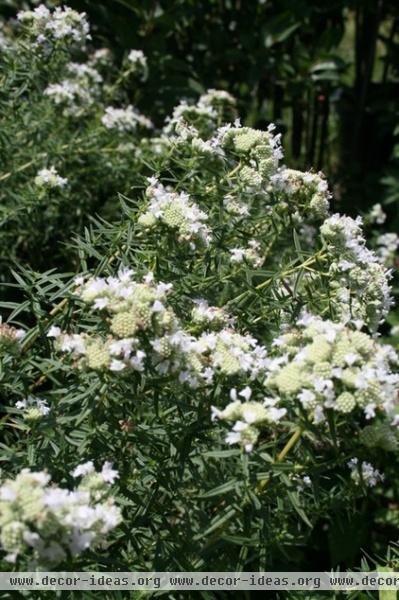
Most beneficial insects, from butterflies to bees to moths, find mountain mint (Pycnanthemum virginianum, zones 3 to 7) appealing. This U.S. Central Plains native grows almost anywhere and provides valuable nectar and wildlife shelter year-round.
Benefits and tolerances: Its flowers attract all kinds of insects, and the foliage shelters birds in winter. It's tolerant of most soils.
When to plant: Seeds can be sown year-round.
See how to grow mountain mint
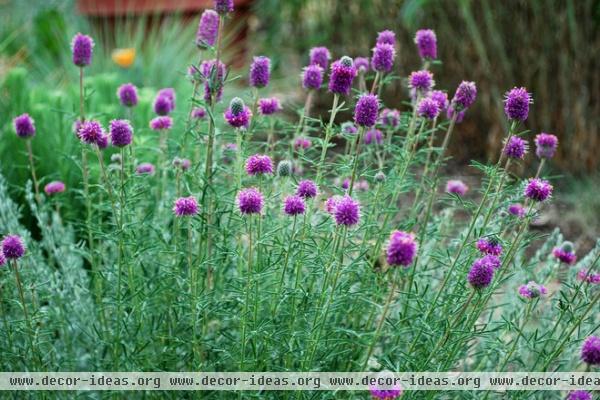
Garden visitors of all sorts can't resist the purple pom-poms of purple prairie clover (Dalea purpureum, zones 3 to 9). This playful perennial will have your garden abuzz with bees and butterflies this summer. It is a legume, meaning it also is a nitrogen fixer, adding natural fertilizer to the soil.
Benefits and tolerances: Prefers full sun; tolerates drought and heavy clay soils.
When to plant: Sow seeds spring through fall.
See how to grow purple prairie clover
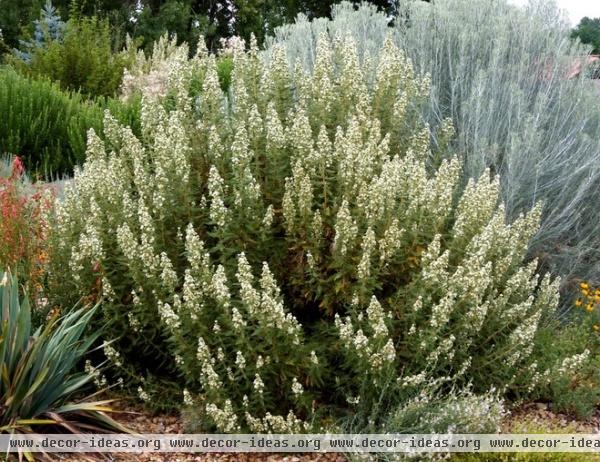
Fernbush (Chamaebatiaria mellifolium, zones 4 to 8) hails from the rocky slopes of the western United States. This unsung native attracts bees, butterflies and birds with its fragrant foliage and petite white flowers.
Benefits and tolerances: Heat and drought tolerant; adapts to most soils
When to plant: Plant cuttings or sow seeds spring through fall
See how to grow fernbush
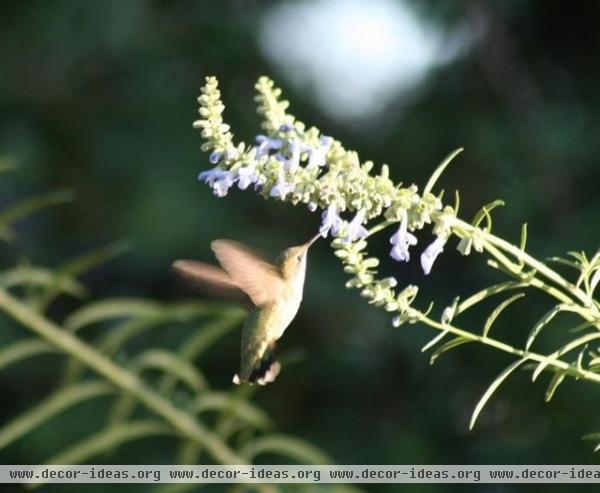
Moving into fall, blue sage (Salvia azurea, zones 4 to 9) fuels hummingbirds on their migration south and draws beneficial bees in with its tubular blooms. This true blue flower dramatizes the native prairie garden oh so subtly.
Benefits and tolerances: Easy to grow from seed and relatively drought tolerant
When to plant: Divide plants in spring, or you can start seeds indoors over winter.
See how to grow blue sage
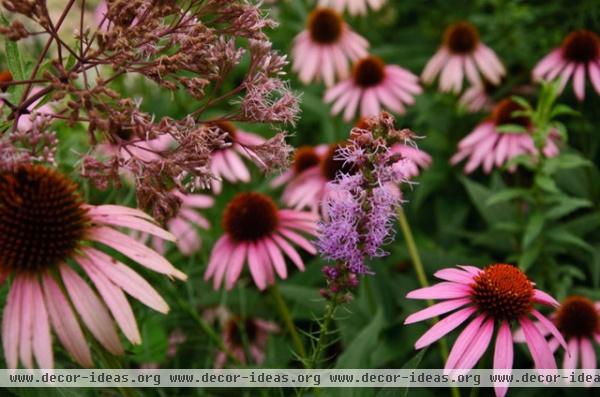
Damp soil and standing water pose no threat to the often-forgotten Joe Pye weed (Eupatorium purpureum, zones 5 to 10). Plant this prairie native and welcome hummingbirds, bees and butterflies summer through fall. It requires consistently damp soil.
Benefits and tolerances: Tolerates full, hot sun
When to plant: Plant seeds or readily available nursery containers in fall.
See how to grow Joe Pye weed
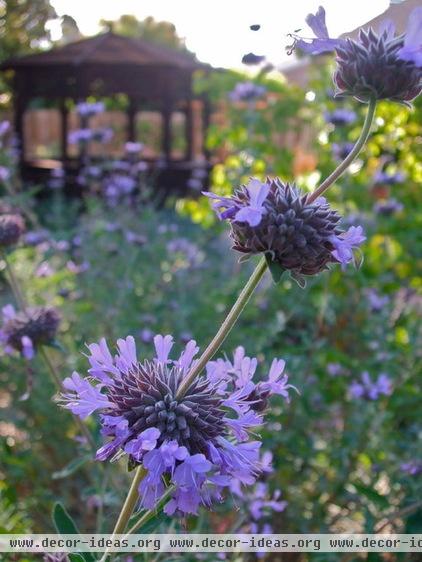
Southern California's iconic Cleveland sage (Salvia clevelandii, zones 8 to 11) invites hummingbirds, butterflies and bees all summer long. Plant it for its floral scent, which recalls native California chaparral.
Benefits and tolerances: Known for its fragrance, Cleveland sage is also drought tolerant and a fire-wise choice.
When to plant: Spring or fall
See how to grow Cleveland sage
Your turn: Is your garden abloom with plants that birds and butterflies love? We'd love to see a photo!
Related Articles Recommended












